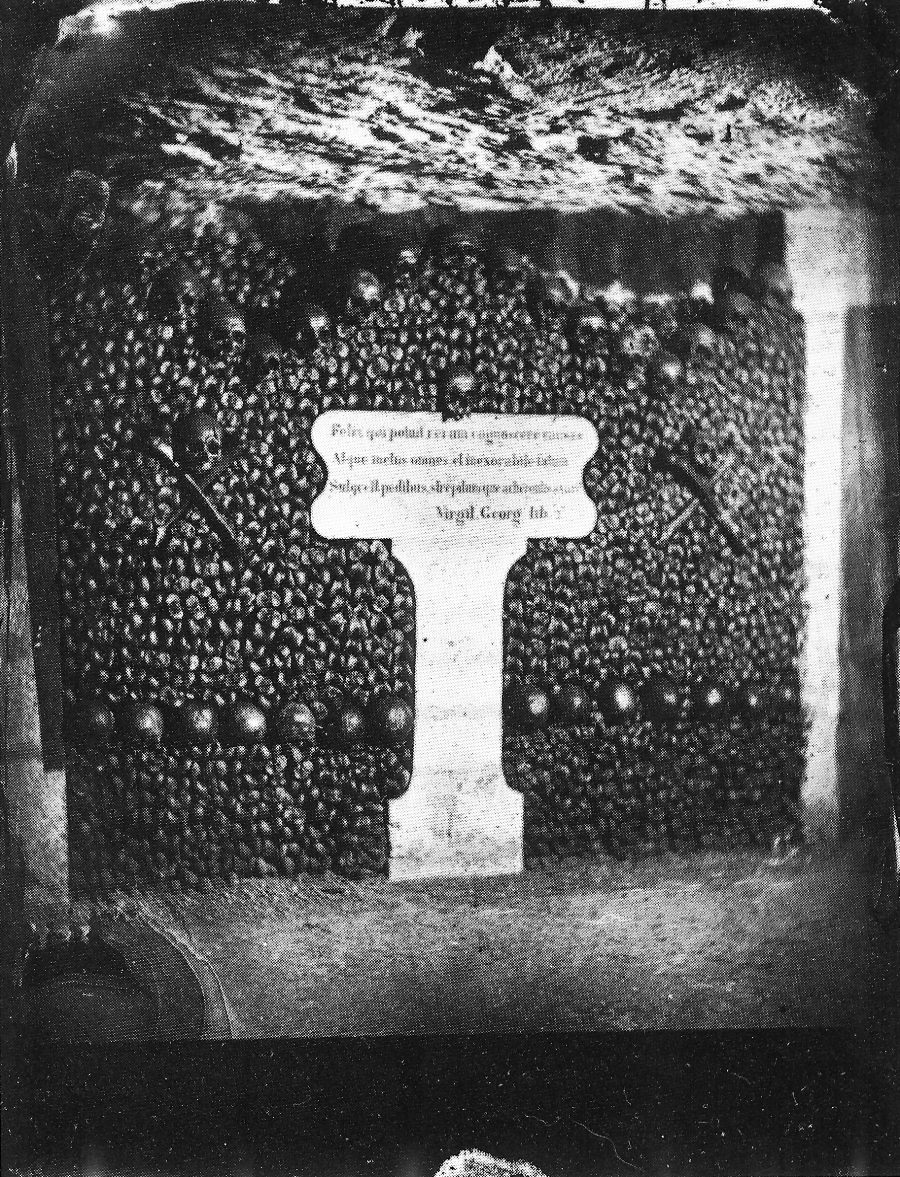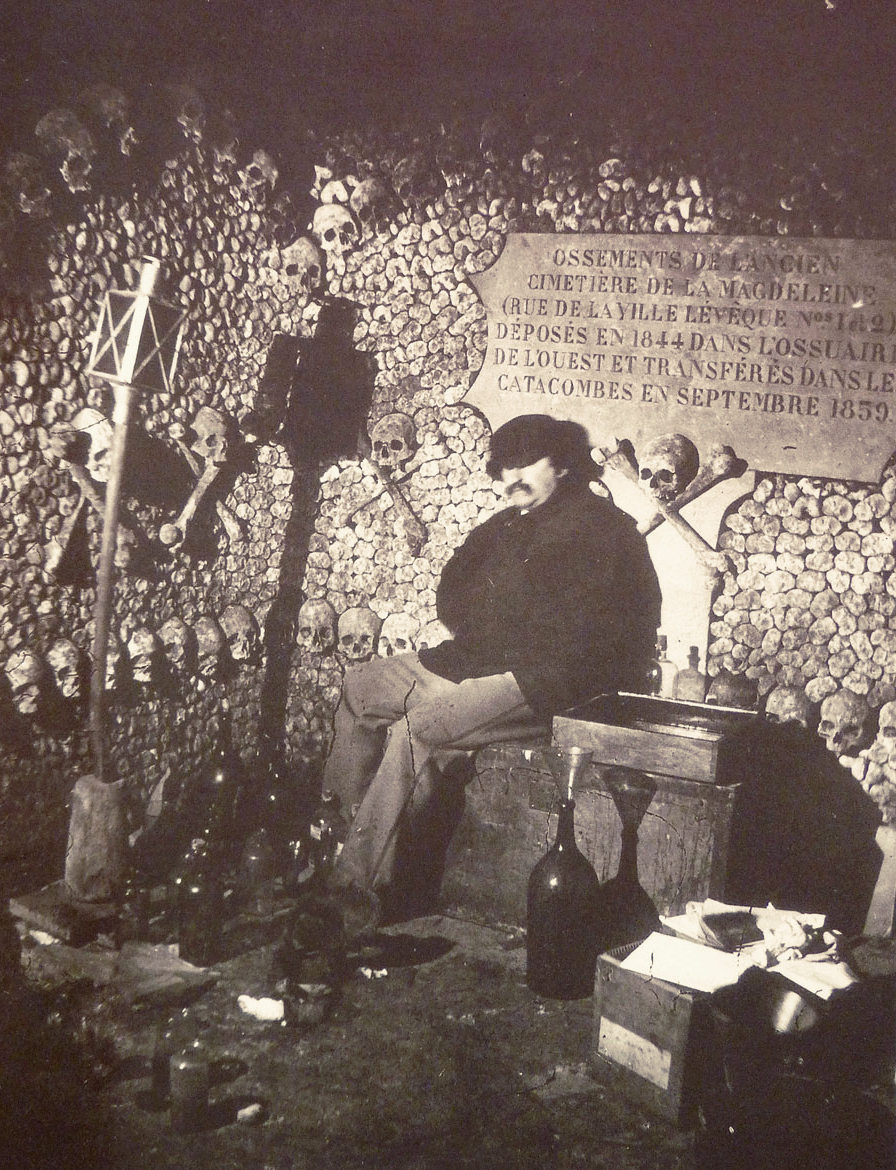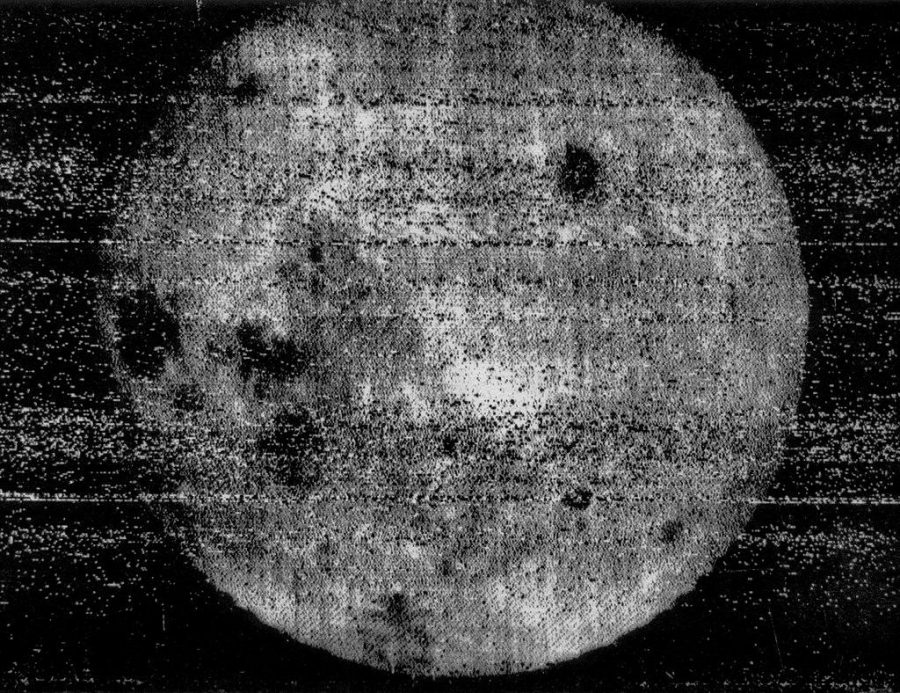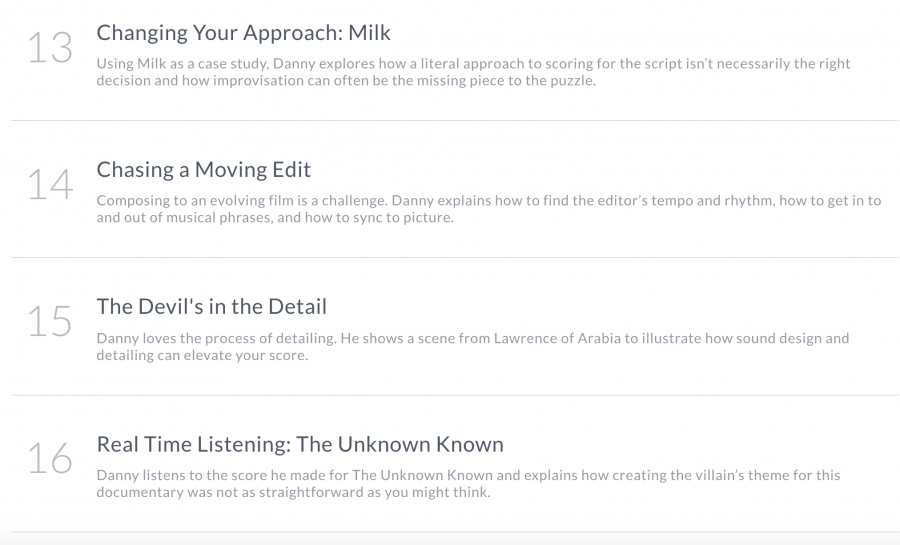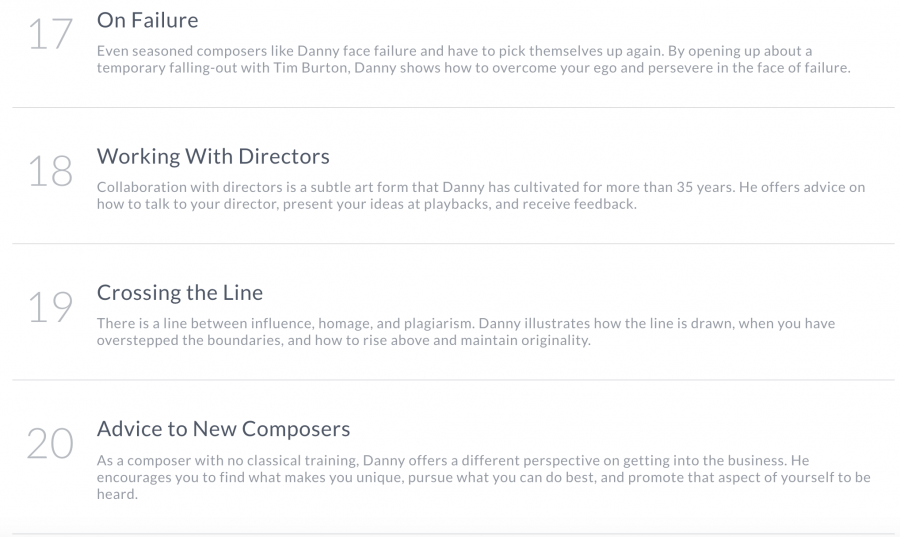What we write reveals who we are, but so, and often more clearly, does how we write. And in an age when handwriting has given way to typing, how we write has much to do with which font we use. Many of us play it safe, rarely straying from the realm of twelve-point Times New Roman hypernormality, but even there “type is a voice; its very qualities and characteristics communicate to readers a meaning beyond mere syntax.” That observation comes from the Ban Comic Sans Manifesto, drawn up two decades ago by graphic designers Holly and David Combs as a strike against the font that, 25 years after its creation, remains a hate object of choice for the visually literate everywhere.
“You don’t like that your coworker used me on that note about stealing her yogurt from the break room fridge?” asks Comic Sans itself, ventriloquized in McSweeney’s by Mike Lacher. “You don’t like that I’m all over your sister-in-law’s blog? You don’t like that I’m on the sign for that new Thai place? You think I’m pedestrian and tacky?” Well, tough: “People love me. Why? Because I’m fun. I’m the life of the party. I bring levity to any situation. Need to soften the blow of a harsh message about restroom etiquette? SLAM. There I am. Need to spice up the directions to your graduation party? WHAM. There again. Need to convey your fun-loving, approachable nature on your business’ website? SMACK.”
In the Great Big Story video above, Comic Sans creator Vincent Connare tells his side of the story. While employed at Microsoft in the early 1990s, he saw a prototype version of Microsoft Bob, a kind of add-on to the Windows interface designed for maximum user friendliness. It featured onscreen animal characters that spoke in speech bubbles, but the words in those speech bubbles appeared in what was everyone’s default font. When it hit him that “dogs don’t talk in Times New Roman,” Connare, a graphic-novel fan, got to work on a typeface for the speech bubbles modeled on the lettering by John Costanza in The Dark Knight Returns and by Dave Gibbons in Watchmen.
Comic Sans didn’t make it into Microsoft Bob, it did make it into a somewhat more successful Microsoft product: Windows 95, which David Kadavy at Design for Hackers calls “the first operating system to really hit it big. Just as computers were starting to pop up in nearly every home in America, Windows 95 was finding itself installed on all of those computers, and with it, the font Comic Sans. So now, nearly every man, woman, child, and bake sale organizer find themselves armed with publishing power unlike civilization had ever seen; and few of them really had any design sense.” Then came the internet boom, which meant that “instead of flyers posted in break rooms, Comic Sans was showing up on websites, and even as the default font for many people’s emails. Now, any one person could write a message that could potentially be read by millions, in Comic Sans.”
What makes Comic Sans so reviled? Kadavy points to several reasons having to do with typographical aesthetics, including awkward weight distribution (“weight” being the thickness of its lines) and poor letterfit (meaning that its letters don’t, or can’t, sit well next to each other). But the problem most of us notice is that “Comic Sans isn’t used as intended”: A typeface meant only for speech bubbles in Microsoft Bob has somehow become one of the most popular in the world, appearing unsuitably in everything from Cleveland Cavaliers owner Dan Gilbert’s open letter on the departure of LeBron James to CERN’s announcement of evidence of the Higgs boson particle to, just last month, a letter from Donald Trump’s lawyer’s to the House Intelligence Committee.
Through it all, Connare himself — who has designed such relatively respectable typefaces as Trebuchet, and has famously only used Comic Sans once, in a complaint letter to his cable company — has kept his sense of humor, as evidenced by his talk entitled “Comic Sans Is the Best Font in the World.” Even the Combs’ movement has changed its name, if not without irony, into “Use Comic Sans.” Pieces marking the font’s 25th anniversary include “Hating Comic Sans Is Not a Personality” by The New York Times’ Emma Goldberg and “In Bad Taste or Not, I’ll Keep My Comic Sans” by The Washington Post’s Joseph Epstein (published, entirely and courageously, in Comic Sans). If you love the font, Connare often says, you don’t know much about typography, but if you hate it, “you should get another hobby.” Besides, the story of Comic Sans also contains an important life lesson: “You have to do things that aren’t beautiful sometimes.”
Related Content:
The History of Typography Told in Five Animated Minutes
Download Iconic National Park Fonts: They’re Now Digitized & Free to Use
How to Write Like an Architect: Short Primers on Writing with the Neat, Clean Lines of a Designer
Based in Seoul, Colin Marshall writes and broadcasts on cities, language, and culture. His projects include the book The Stateless City: a Walk through 21st-Century Los Angeles and the video series The City in Cinema. Follow him on Twitter at @colinmarshall, on Facebook, or on Instagram.


